 My reading topics have really come in pairs this year, like my last post, Two Mysteries. But the choice to read Volcano by Shusaku Endo and Krakatoa by Simon Winchester nearly back to back was a bit more deliberate. I thought it would be interesting to read one fiction and one nonfiction books ostensibly about the same topic.
My reading topics have really come in pairs this year, like my last post, Two Mysteries. But the choice to read Volcano by Shusaku Endo and Krakatoa by Simon Winchester nearly back to back was a bit more deliberate. I thought it would be interesting to read one fiction and one nonfiction books ostensibly about the same topic.
I picked up Volcano because I had been so blown away (no pun intended) by Endo’s Silence last year. Like Silence, Volcano is set on the southern island of Kyushu, but Volcano is set in contemporary times in the city of Kagoshima, which is right at the foot of the real-life volcano Sakurajima.
In Volcano, Sakurajima is called Akadaké, and it is a looming symbol of evil and wretchedness in the story. One of the main characters, Jinpei Suda, has spent his life working at the local weather bureau which overlooks Akadaké. He developed such an obsessive interest and knowledge of the volcano that he’s known as the “Demon of Akadaké.” He’s arrogantly confident about his knowledge of the volcano, asserting that it is dying and won’t erupt anymore. But Suda is a dilettante. His blindly follows the theories of a now-deceased scholar, dismisses contrary scientists, and ignores obvious signs of impending eruption when he visits the island. His whole life is so wrapped up in his work and the self-importance of his so-called expertise that he is blind to reality — the reality of the volcano’s dangers, the reality that he is not as widely respected as he believes, and the reality that he has failed to develop meaningful relationships with his colleagues or even his own family.
Just as Suda is about to retire, Father Sato, the young local priest, wants his expert assurance that the volcano is dying and won’t erupt anymore. Sato has used the church’s precious funds to buy a plot of land at the foot of Akadaké where he wants to open a spiritual retreat center. Of course, this would be a very poor idea if Akadaké were still active. Father Sato turns to the Demon for his “expert” opinion, and the Demon ignores all evidence to the contrary and reassures the priest. But as he is cast adrift in his retirement, he is consumed by guilt and loneliness.
The Western counterpart to Suda is the old priest Father Durand. Father Durand is ill and near the end of his life. As he sits by his window looking out over the volcano, he recalls an earlier time when he was arrogantly confident in his religious beliefs and his feelings of superiority over how the Japanese live and follow Buddhist customs. At that time, a young female doctor came to him for help with her sickly, frail only child, but he was convinced that the only thing wrong with the boy was being indulged by the mother. He harshly scolded the doctor, and convinced her to let him put her son in Catholic mission boarding school. The child detested the school and Durand and eventually fell ill and died, devastating the mother. For all Durand’s religiosity and confidence, he has no answer for the boy’s mother as to why god let the boy die. Now, in old age, he is consumed by guilt:
But in his own case, whatever he tried in wanting to do God’s work had ended up ironically in disaster, in tragic consequences. Moreover, God was always silent. God did not answer his prayers. God was only trifling with Durand.
…’Go ahead and explode! Go ahead and explode!’ Durand was actually hoping that some day without warning the mountain would vomit its fire and smoke, retch with its lava, destroy everything — as he had destroyed it all with his own life.
Endo chases around his obsessive themes about the arrogance of Christianity while the great Akadaké/Sakurajima looms in judgement over the characters in the book. It was a powerful symbol to center the novel on. I visited Kagoshima and drove around the perimeter of Sakurajima about 10 years ago. It’s beautiful and rather scary — the volcano regularly erupts and always has a thick plume of smoke drifting up from the crater. It feels crazy to drive around on it! I think it added to my enjoyment of the novel because I could really visualize this volcano.
Krakatoa by Simon Winchester is everything you ever wanted to know about the world’s biggest and baddest recorded volcanic explosion on August 27, 1883. Krakatoa island, situated in the strait between Java and Sumatra in Indonesia, blew itself out of the water and out of existence that day, but the effects of its demise were felt globally for years afterwards. Winchester explains the geologic history and chases down vague reports of earlier possible eruptions. He also explains the social, economic, and technological reasons why this particular explosion in 1883 was poised to be so widely observed and studied, and the impact the explosion had on the global economy, the scientific understanding of the proliferation of species, and even, possibly, the spread of Islam in Indonesia. And be warned: a new volcanic island, the restless Anak Krakatoa or Child of Krakatoa, has already been born from the waves in the same spot.
Possibly one of my favorite nonfiction genres is this kind of study of natural phenomenon and its social, scientific, technological, artistic, economic, historical and whatever-else impact. Krakatoa was on my TBR for about 5 years. I am so glad I finally read it!
Volcano
Copyright 1959
personal copy
4/5
Krakatoa
Copyright 2003
personal copy
4/5
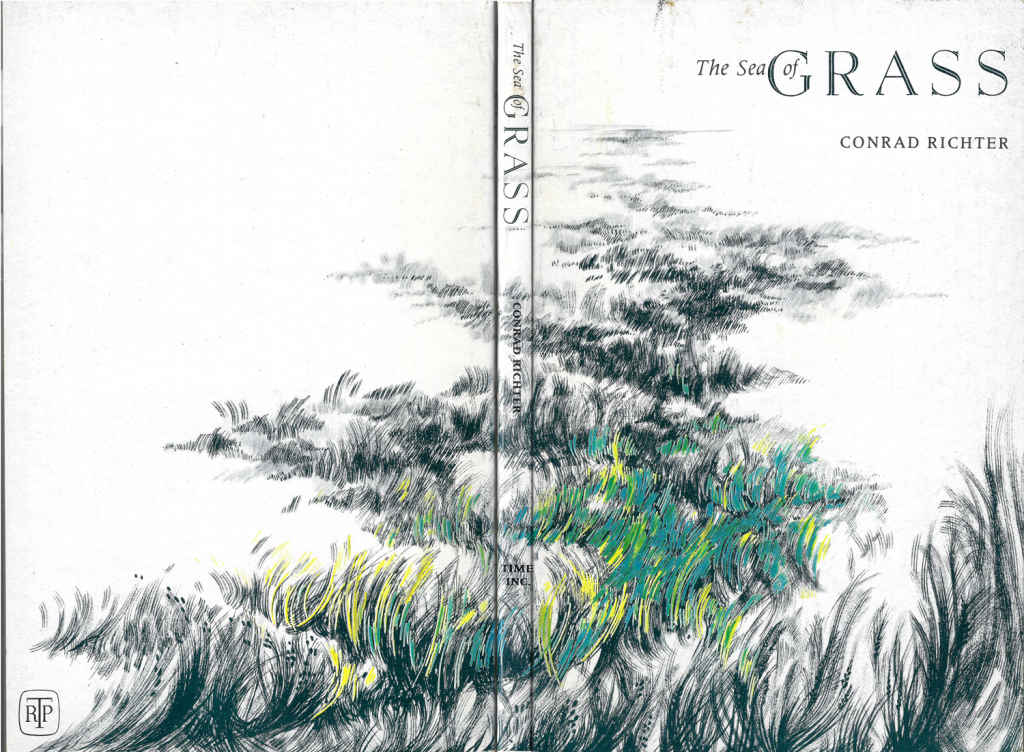
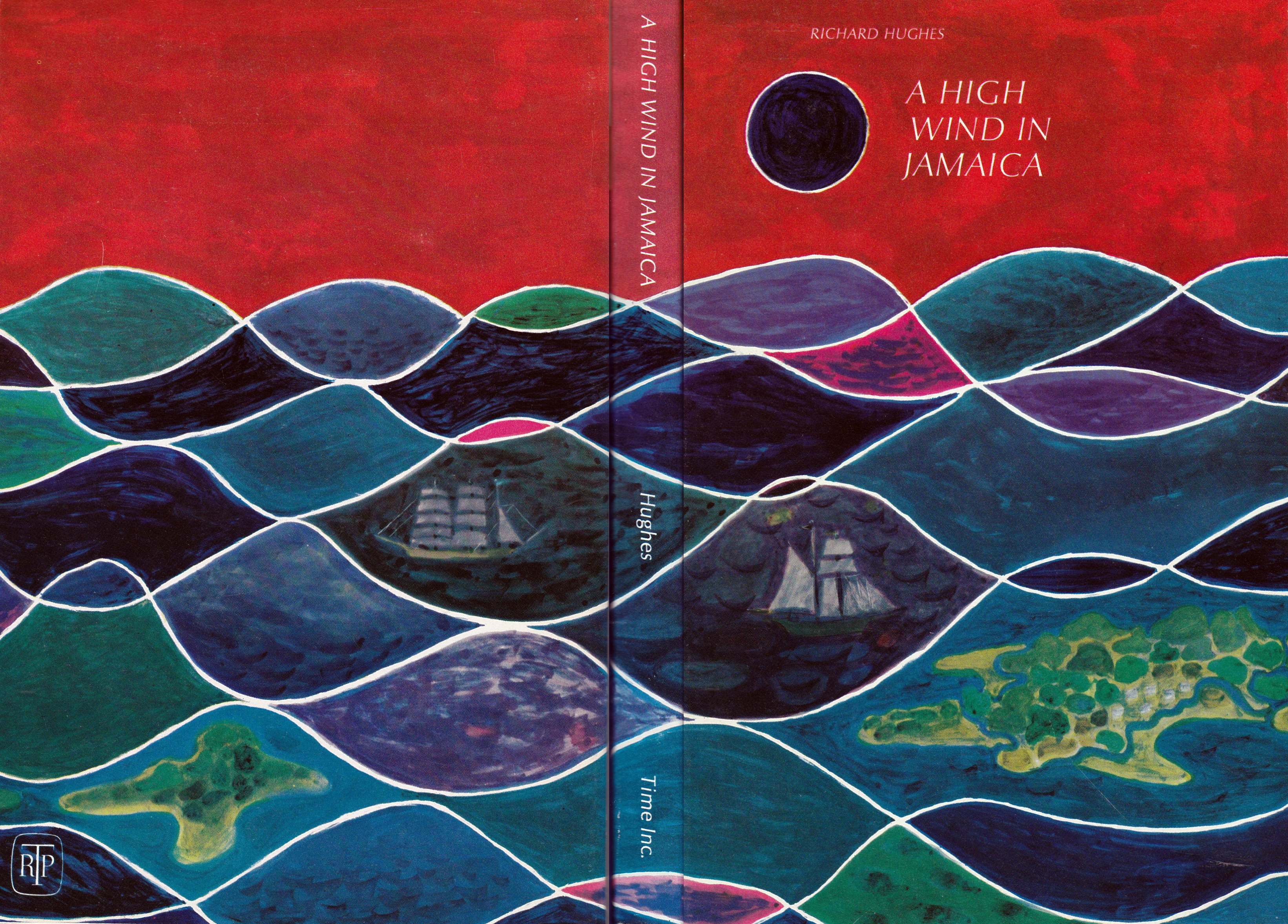


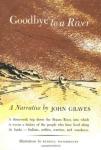






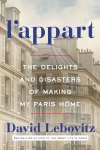
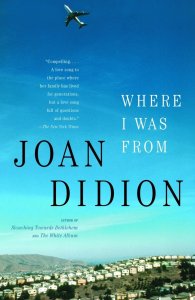
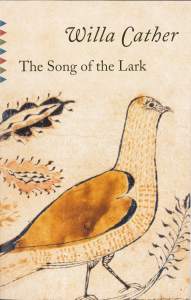
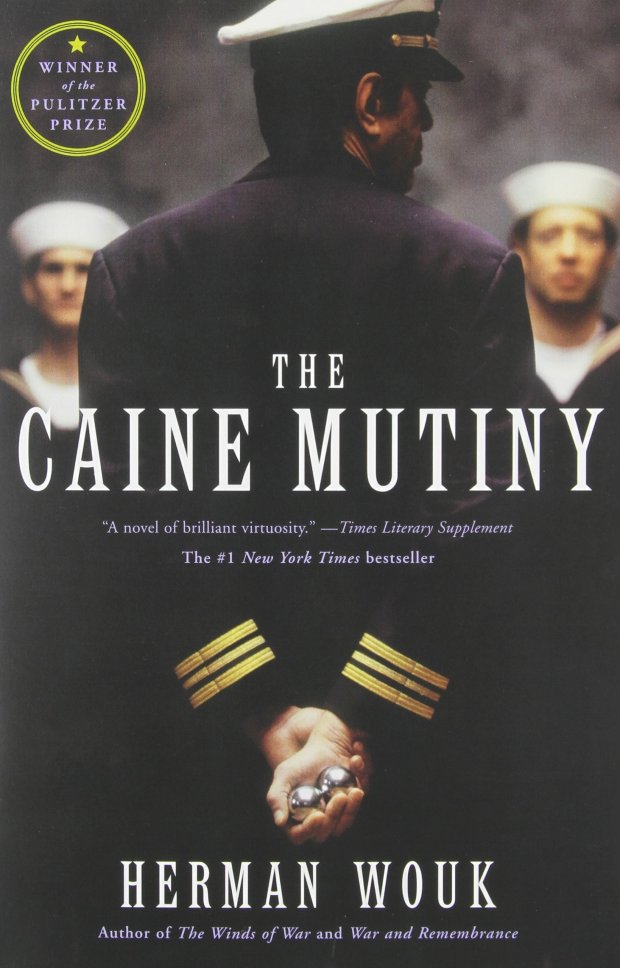



 I’ve only got a few hours left in my reading year, so I doubt I’ll be able to add to my favorites even though I am in the middle of SIX books. I sometimes have two or three books going at once, but this many shows how scattered my reading — and life — has been this past month.
I’ve only got a few hours left in my reading year, so I doubt I’ll be able to add to my favorites even though I am in the middle of SIX books. I sometimes have two or three books going at once, but this many shows how scattered my reading — and life — has been this past month.